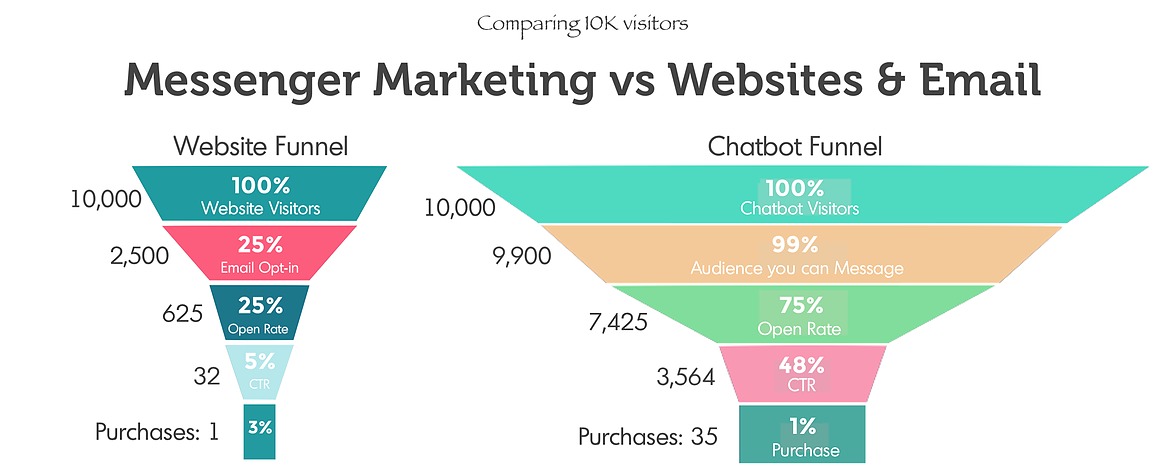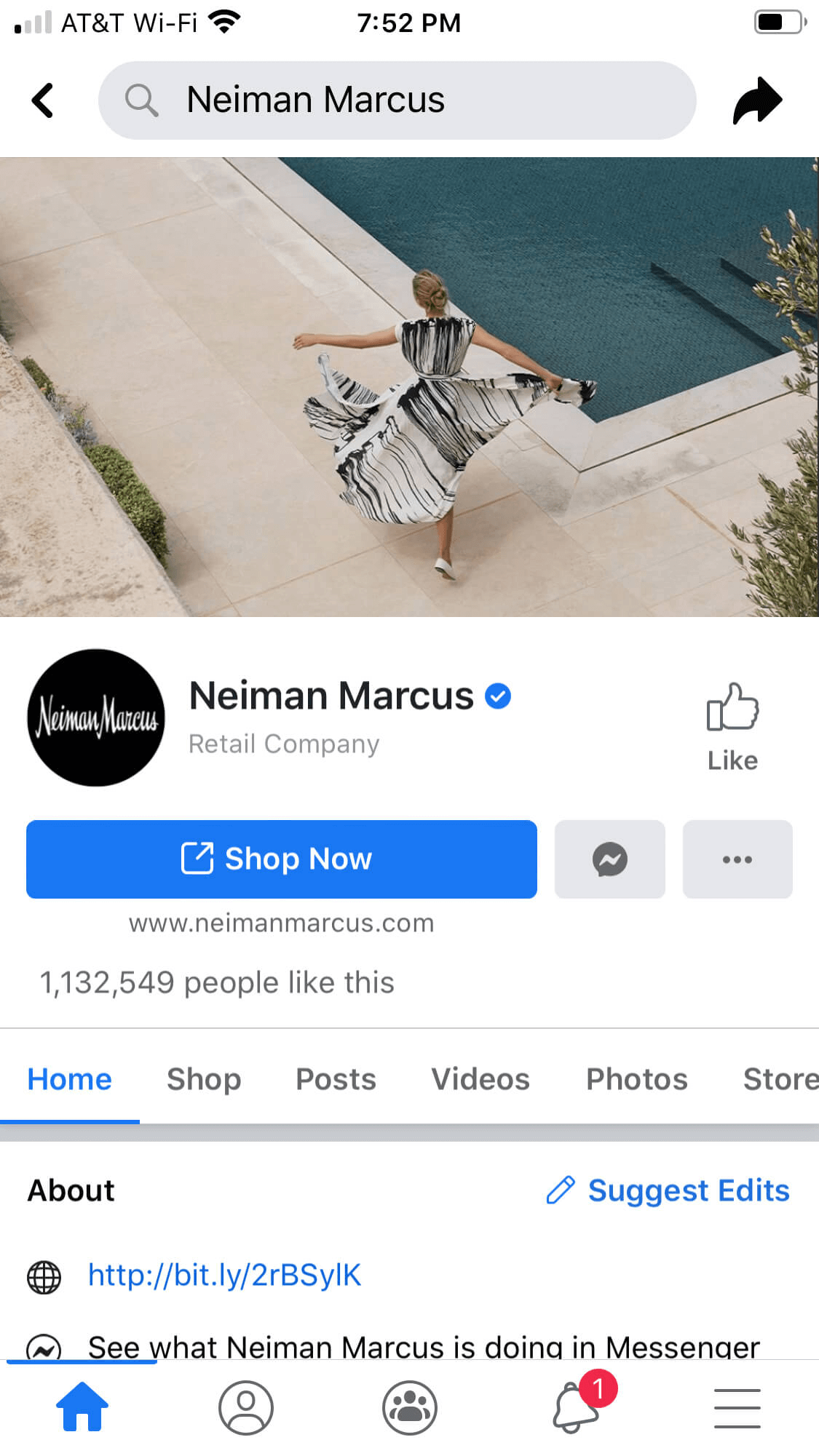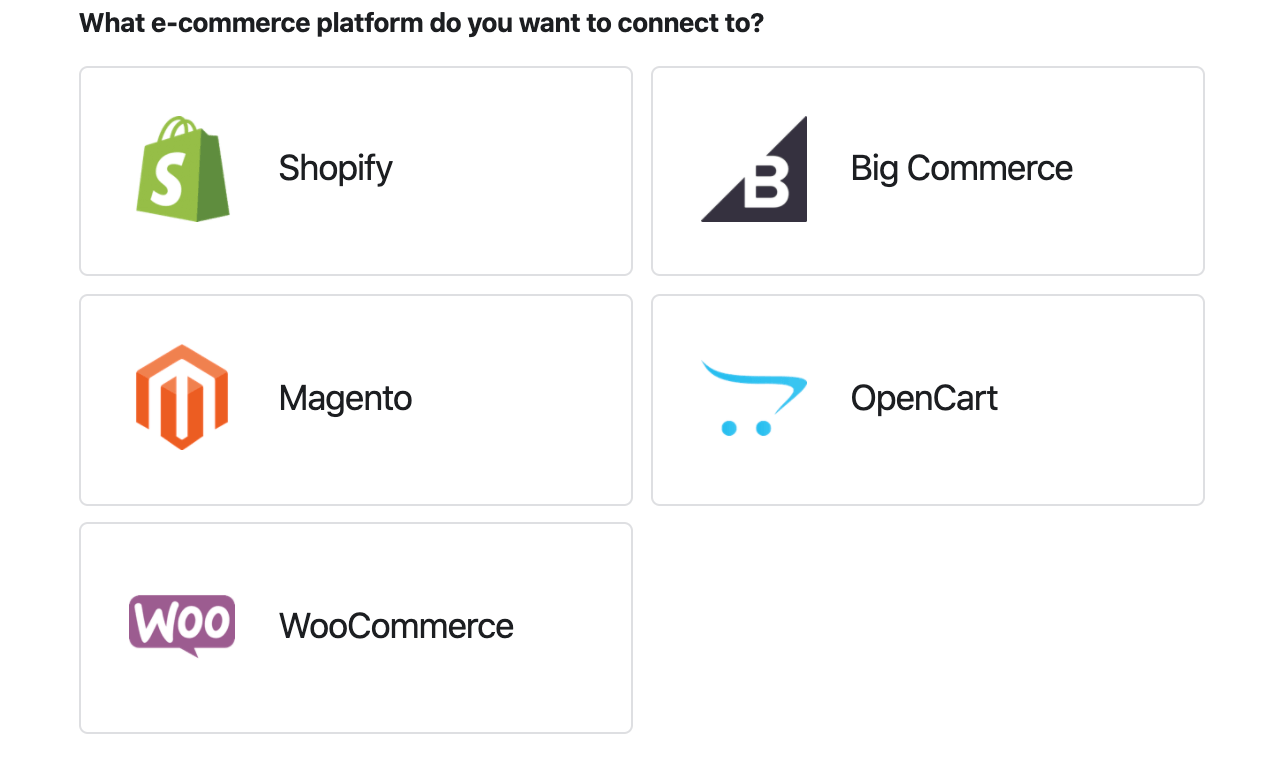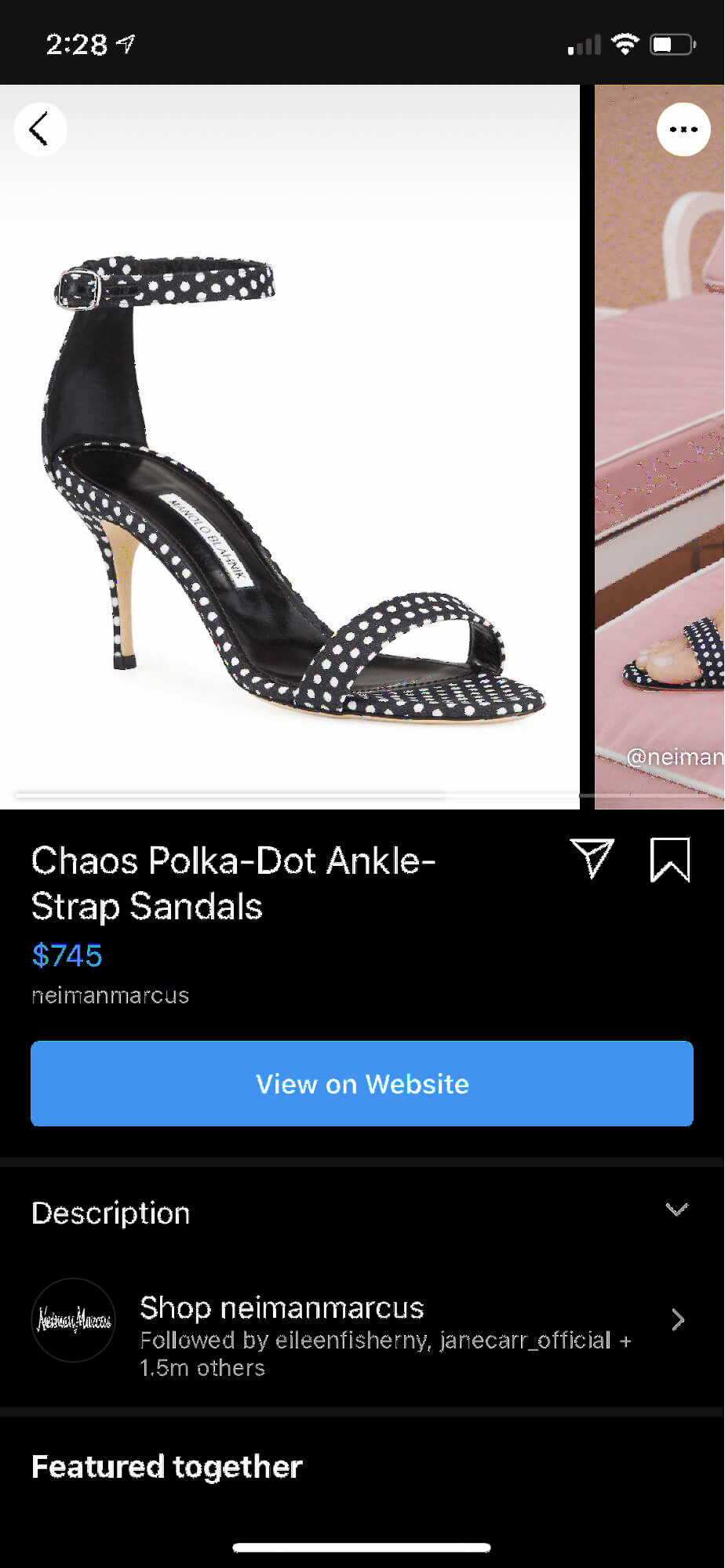You’re probably familiar with social media and how it relates to marketing, but what about social commerce? Social commerce is changing the way consumers shop, and the way they prefer to make purchases — with 55% of online shoppers reporting they’ve bought directly through a social media post, and the trend positioned to grow rapidly with time.
What is Social Commerce?
Social commerce is blurring the line between social media and eCommerce. Essentially, it brings eCommerce functionality directly into social media platforms, allowing customers to shop directly from the feeds of their favorite platform.
Social channels are turning into mini search engines of their own. According to Facebook data, 70% of shoppers look to social media platforms (specifically Instagram) for product discovery. Customers are no longer using these channels solely for entertainment purposes; they’re now using them to inform their purchasing decisions.
Social commerce differs from social media marketing, where your goal is often to drive referral traffic from social media to your website or online store. With social commerce you’re not redirecting users to your online store, instead giving them the ability to checkout directly within the platform. Customers can click on specific products within a post linking directly to a product page — all without leaving the social media channel.
Social Commerce includes:
- Buy buttons within social media posts
- Shoppable posts and stories
- Social commerce plugins and apps
BigCommerce recently wrote a great piece comparing the traditional ecommerce journey with the social commerce purchase journey. Overall, they outline the advantages, ease, and efficiency of social commerce, and how it can potentially outperform traditional eCommerce purchase paths.
Compared with the traditional eCommerce purchase path, social commerce shortens the buyer’s journey. They’re able to seamlessly research, compare, and purchase a product in one channel, rather than needing to refer to several websites.
And, when customers are in lower stages of the funnel, it’s a much more streamlined process. Especially with the recent introduction of chatbot checkouts, and autofill payments and delivery details. Social commerce removes the potential for confusion, and cart abandonment and bounce. Simply put, there are fewer actions needed to complete a purchase — a key success factor for any eCommerce store.

Image source: Social Commerce 101: How to Boost Ecommerce Sales Using Social Media Platforms. https://www.bigcommerce.com/articles/omnichannel-retail/social-commerce/
eCommerce Customers are Already Social
Social commerce should be a no-brainer for eCommerce businesses. Your audience is already social, and they’re already using these channels to research, discover, and purchase products.
- 60% of Instagram users say they look for new products on Instagram.
- 30% of online shoppers say they would be likely to make a purchase from a social media network like Facebook, Pinterest, Instagram, Twitter or Snapchat.
- Social Media Messenger sales are outperforming the ROI of email marketing.
- 23% of shoppers are influenced by social media recommendations.
- 84% of shoppers use at least one social media site before purchasing.
Social Commerce Tactics to Introduce Today
The good news is, implementing social commerce tactics is fairly simple. Especially if you already have social media pages set up for your business. The primary players in social commerce are Instagram, Pinterest, and Facebook, and there are some key actions you can introduce right away.
Introduce Facebook Buy Buttons
In the past, companies could use call-to-action buttons on paid social posts to send customers to a third-party site to make their purchase. This can often result in an increase in bounce rate or slow down the purchase path.
Ana Warren from Prime Label Studios says “The high conversion rate of Amazon all comes down to making it as easy as possible for buyers to make a purchase. Their famous buy now button is an obvious example of this and replicating it on Facebook is a simple step to getting more sales on social media.”
Adding “buy” buttons within your social media channels emulates Amazon’s one-click-to-buy functionality — allowing customers to easily complete their purchase. And, then continue browsing the platform.


eCommerce businesses can use “Facebook Page Shops” by importing products from their existing eCommerce platform, or by creating custom catalogues of products and services.

Connect your Facebook Page Shop with these eCommerce platforms.
In addition, Facebook Messenger is now being used to interact with consumers before and after sales.
Use Instagram Checkout
Similarly, Instagram Checkout allows customers to browse images and videos of items in their feed and purchase directly from the app, without being redirected to a website.
As mentioned previously, a whopping 70% of shoppers use Instagram for product discovery — according to Facebook data.
The “Checkout on Instagram” feature on the app, allows customers to click on a product within a post, choose a size and color, and proceed to payment within the platform.

Clickable product links engage shoppers within the Instagram feed and take customers straight to a detailed product page.

Some US brands offer one-click checkout within Instagram for customers within the US. Other brands will take the customers directly to the product page on their site.
The first time customers use it they need to enter their information (name, email, billing information, and shipping address). After the purchase is complete, Instagram saves their information to auto-fill next time. And, customers receive notifications about shipping and delivery from within Instagram, so they can track purchases without leaving the app.
Instagram Shoppable Stories
Instagram stories are in a league of their own. Customers are highly engaged when viewing stories, arguably the most valuable organic social media real-estate. Stories can be made shoppable by tagging products or using a relevant “Swipe Up” experience.

Shoppable Stories invite shoppers to “Swipe Up” to direct them to learn more or to a product page.
Social Commerce Plugins and Third-party Apps
There are a lot of third-party apps and plugins that work within Facebook and Instagram to enhance the shopping experience.
One example is Soldsie (which integrates with both Facebook and Instagram). Customers can make a purchase by simply typing the word “Sold.” on a post. After they post the comment, the app takes care of the rest, emailing them an invoice to complete payment and confirm the order.
Social commerce is improving the eCommerce customer purchase path on platforms where consumers are already highly engaged and primed to make purchases. This trend is growing, and 2020 is promising to bring even more innovation in the space. Before you get started, be sure to understand your audience — what they like, how they like to buy, how they’re using social media, and which platforms they’re active on. Choose the channels that best fit your audience, use strategic audience targeting with your posts, and don’t forget to measure your results.
Do you want to introduce a Social Commerce strategy?
Social commerce is a massive opportunity for eCommerce businesses. If you have questions about any of the trends or strategies I’ve talked about here or need help creating your strategy for the coming year, the team at Total Product Marketing can help. Get in touch with us today!
